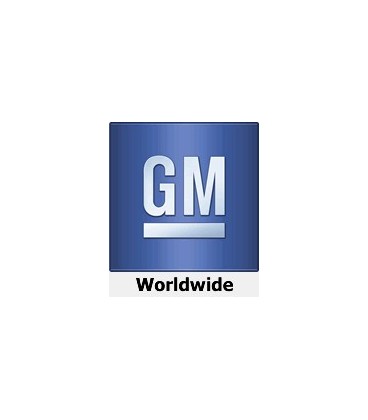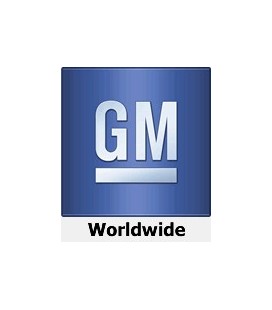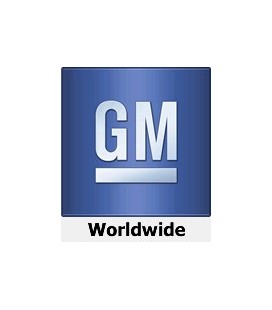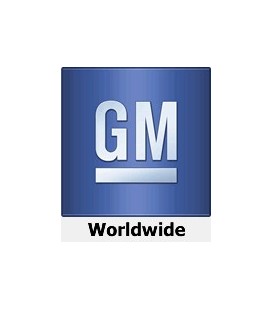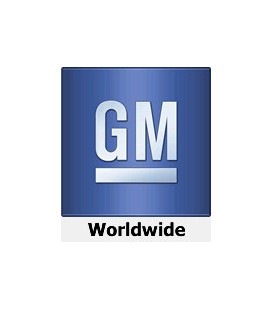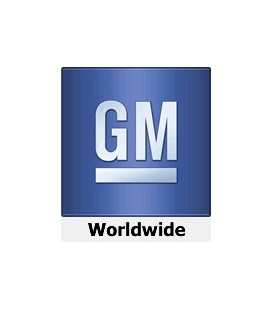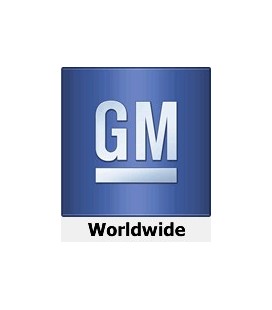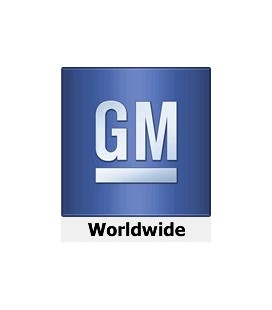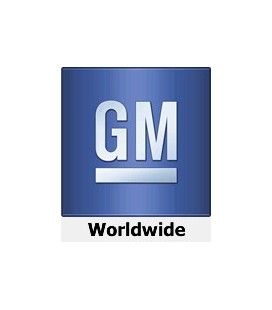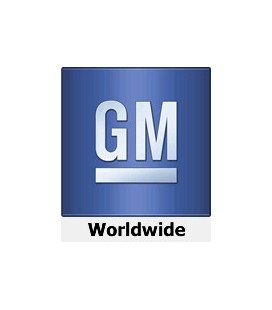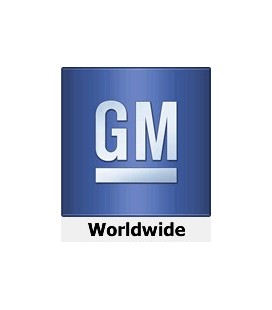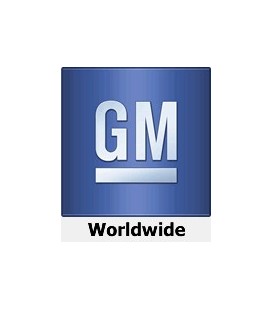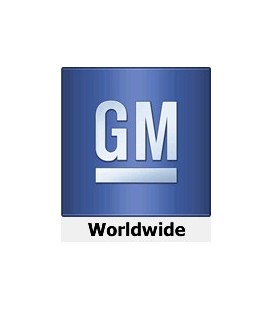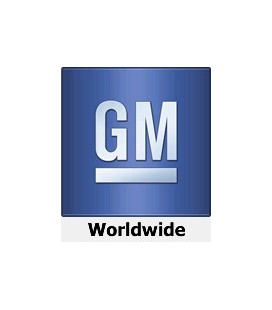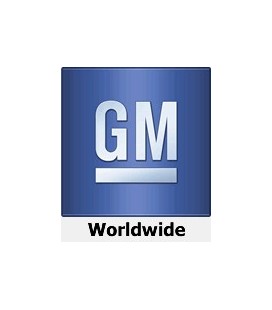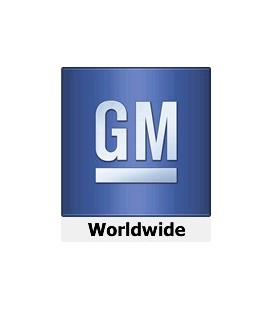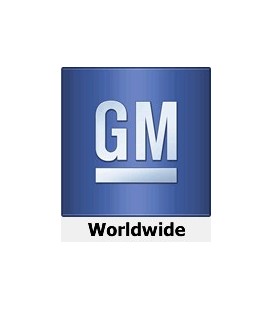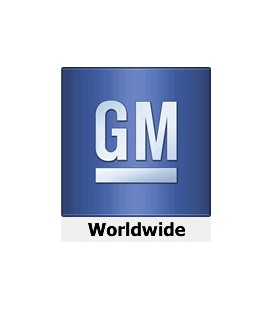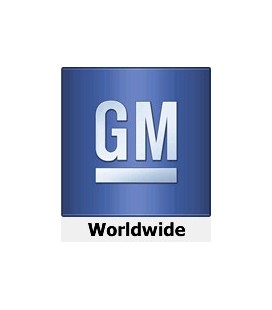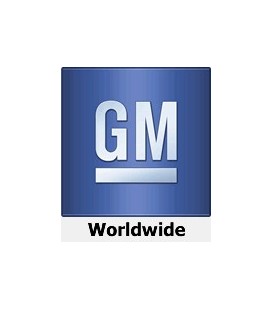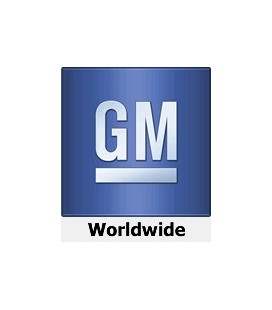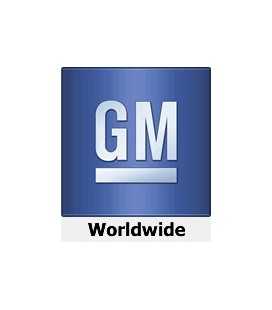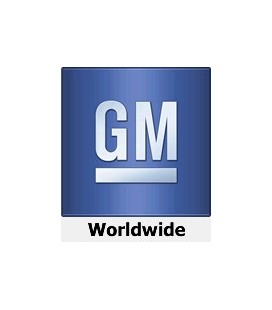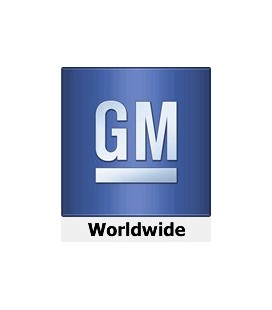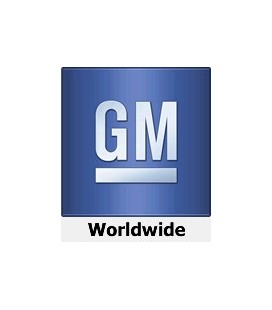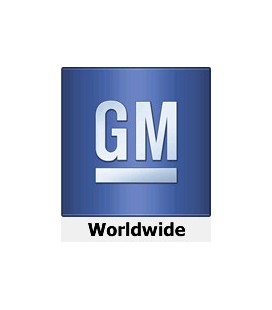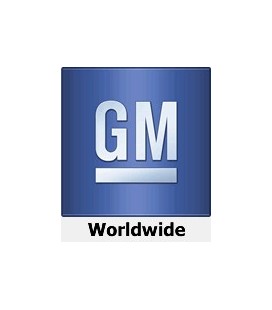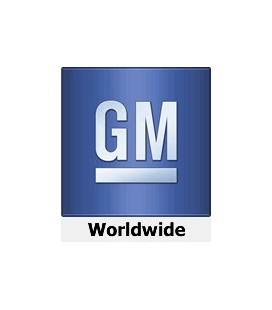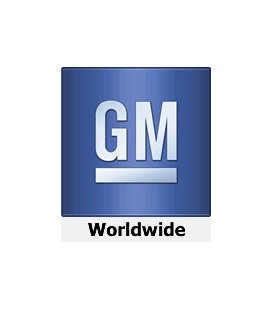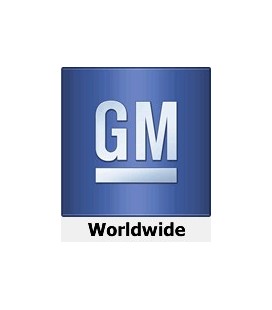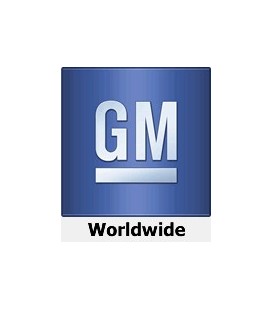No products
GMW14747
GMW14747 4th Edition, October 2019 Ethylene Propylene Diene Terpolymer for Sealings in Coolant
Description / Abstract:
GMW14747, 4th Edition, October 2019 - Ethylene Propylene Diene Terpolymer for Sealings in Coolant
This specification covers the materials and performance of Ethylene Propylene Diene Monomer (EPDM) sealings in the cooling circuit. EPDM rubber is a terpolymer of Ethylene, Propylene and Diene monomers.
Note: The words must, shall or will as used in this document mean a mandatory requirement.
Material Description.
Materials covered by this specification are divided into seven (7) EPDM “Types”:
Note: Continuous and Excursion temperature limits are as defined by the Vehicle Technical Specifications (VTS).
• Type A:
EPDM for sealing radiator, sulfur cured; -35 °C to +125 °C continuous, +150 °C excursion.
• Type B:
EPDM for sealing radiator, peroxide cured; -35 °C to +150 °C continuous, +175 °C excursion.
• Type C:
EPDM for sealing in engine applications, peroxide cured, better compression set; -35 °C to +150 °C continuous, +175 °C excursion.
• Type D:
EPDM O-rings in water circuit, sulfur cured; -35 °C to +125 °C continuous, +150 °C excursion.
• Type E:
EPDM for gasket, peroxide cured, with a functional temperature range of -35 °C to +135 °C. The limits are defined by ASTM D1329 TR10 and the continuous upper limit by SAE J2236.
• Type F:
EPDM for gasket, peroxide cured, with a functional temperature range of -35 °C to +150 °C. The limits are defined by ASTM D1329 TR10 and the continuous upper limit by SAE J2236.
• Type G:
EPDM for gasket, peroxide cured, with a functional temperature range of -35 °C to +125 °C. The limits are defined by ASTM D1329 TR10 and the continuous upper limit by SAE J2236.
Symbols.
Identify the elastomer nomenclature using ASTM D1418 or ISO 1629.
Applicability.
This standard covers the use of EPDM on coolant system joints not exposed to engine oil either during assembly or service.
Remarks.
Some prints/drawings identify "D" or race track shapes as O-rings. To avoid confusion, testing and table data only apply to the ASTM D1414 definition of an O-ring.
Tensile and elongation properties of O-rings are measured by spool separation, however, during this step, the elongation across the specimen width is not uniform. To minimize data variation, the recommended ratio of O-ring Inside Diameter (ID) to cross section width should be 9 to 1 or greater.
Note: The ratio for SAE AS568D size is 7 to 1.
Of greater interest is tensile stress at 20% to 50% elongation because it is closer to the performance range of the O-ring.
Rubber Adhesion to Carrier (Edge Molded Design).
Rubber must be secure to the carrier over the entire contact length. On a fully cured part, attempts to remove the rubber using pliers or other gripping tools in a 90 degree or 180 degree pull (to the carrier) shall result in tearing of the rubber. A cut (up to 12 mm) between the rubber and carrier is permitted to facilitate gripping of the rubber. A clean adhesive failure (rubber to carrier) is not acceptable. Nondestructive test alternative using an interference fit, post die for small openings or a straight segment rule die that deflects or bends the edge bonded rubber is permitted. For open segment tests, the carrier must be securely clamped to prevent movement during deflection of the edge bonded elastomer. The interference of the die edge to the elastomer profile must make contact at the mid-point of the flexible extension from the bonded edge. One (1) pass (downward and upward) is sufficient. There must be no loss of elastomer to metal adhesion or elastomer cracking under 2x magnification.

